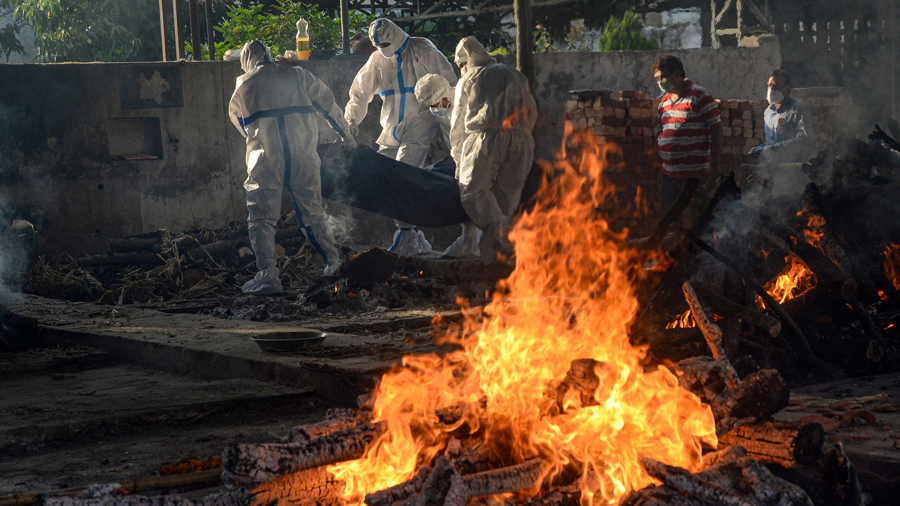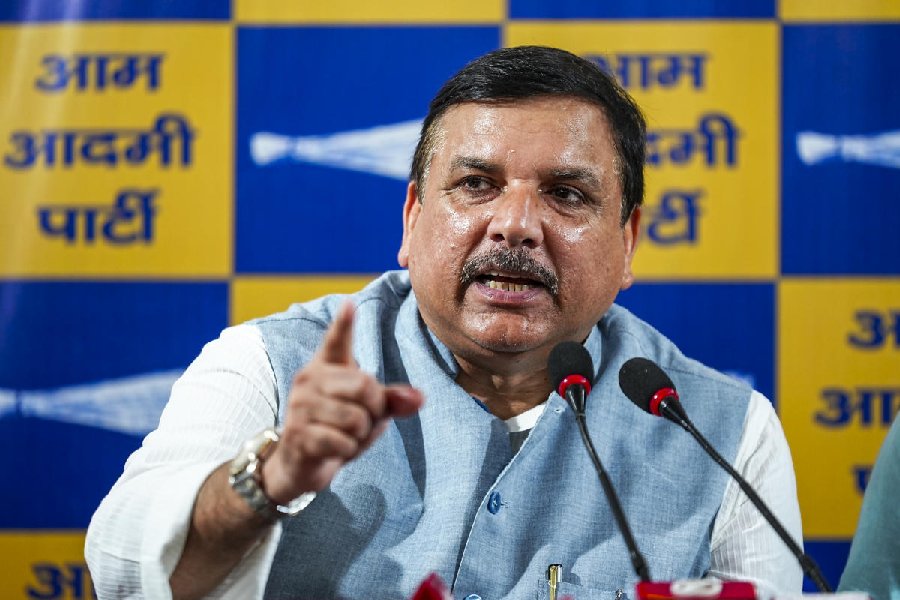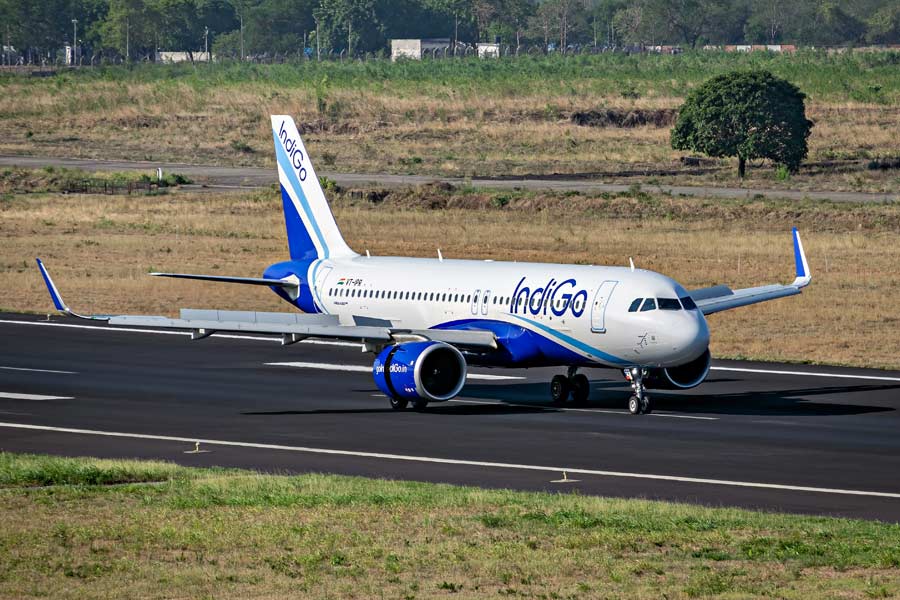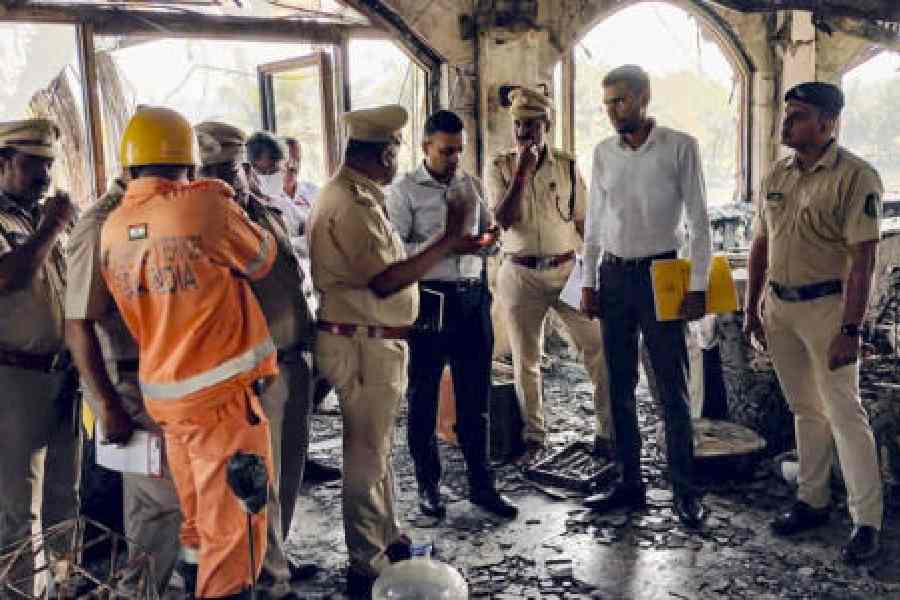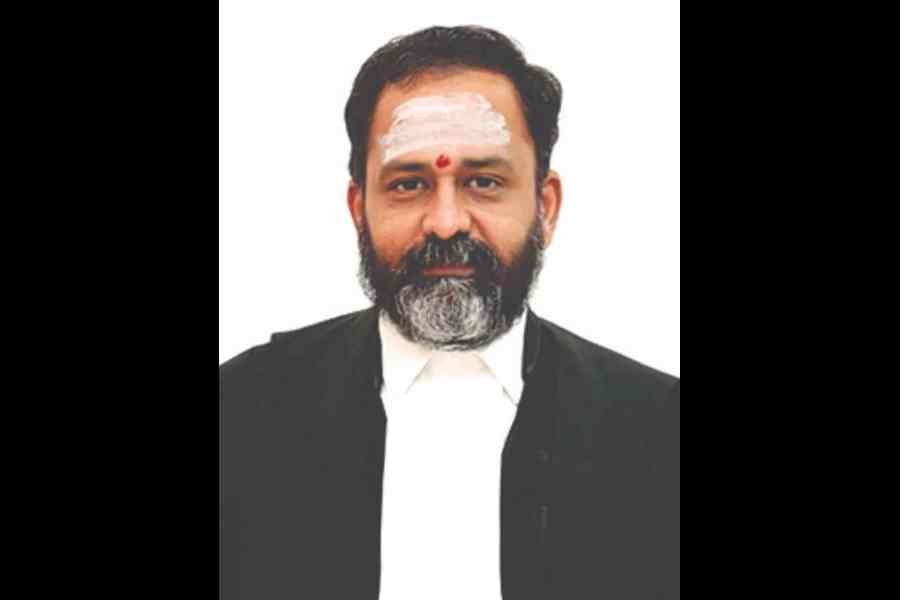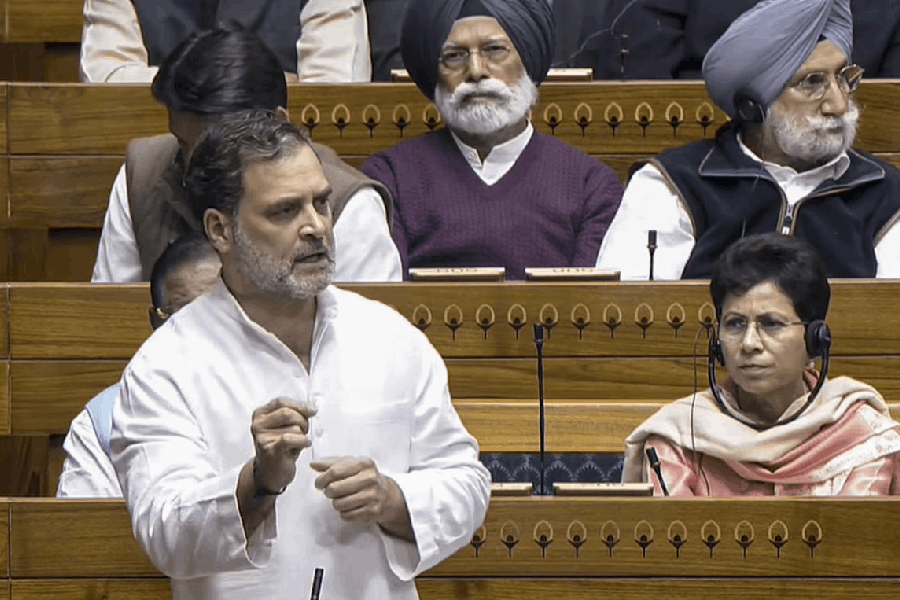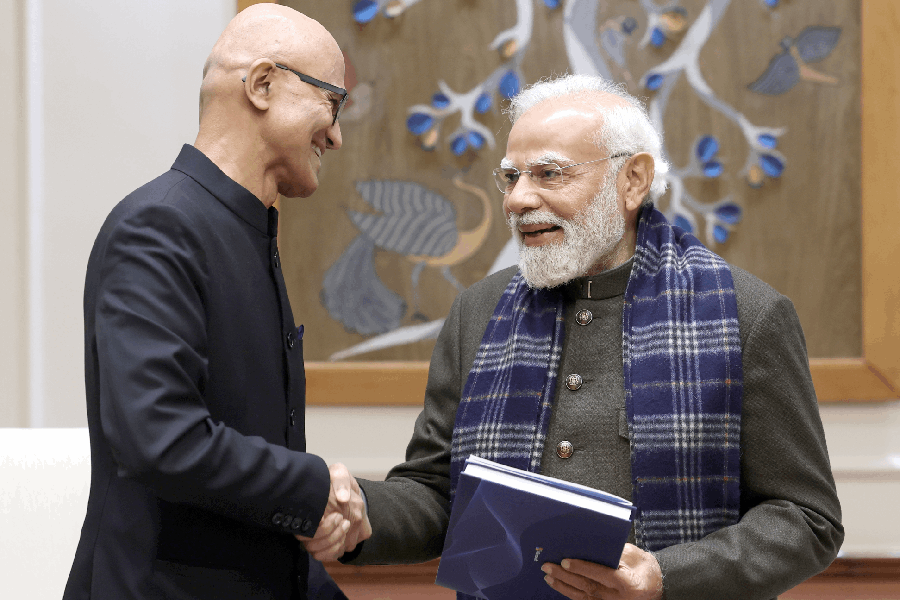A year was not enough to ease a nation into preparedness. Masks were lowered, campaigns rallied, and hands shaken. All the while a second wave of Covid-19 threatened to take the mammoth shape of a tsunami. The figures are staggering, except they only tell half the truth. The gross under-reporting of fatalities in ‘model’ states like Gujarat, Uttar Pradesh, Haryana and Madhya Pradesh thinly veils the failures of our policy-makers. With pictures of melting incinerators and patients in body bags inundating the internet, even those incarcerated within houses are not completely insulated from the experience. Far from providing a false sense of comfort, the government’s attempt at mollification only exacerbates the dissonance between truth and its representation.
Besides, promises of collective progress are much harder to swallow when one has to grapple with loss on the personal front. The scourge of unemployment is more real than projected economic growth, the dearth of medicine and oxygen more palpable than the benefits of vaccine diplomacy. Hence, a chest that carries the grief of bereavement will seldom inflate with nationalistic pride.
Death is undoubtedly a corollary of life and one has to accept its onslaught in the wake of a pandemic. Appropriating the death toll as an apparatus to undermine real efforts made in the healthcare or research sector is hardly fair. Yet it is not so much death that is shaking (or not shaking) our conscience as it is the relentlessness of its machinery. One is hardly allowed time to recover from loss before being attacked physically, emotionally and psychologically.
Those on the front line are the worst affected. A systematic review of the mental health of healthcare workers published in the Journal of Diabetes and Metabolic Disorders concluded that during the SARS-CoV-2 outbreak, healthcare workers have been facing aggravated psychological pressure and even mental illness. Overworked professionals are susceptible to suffering from care fatigue alongside contracting Covid. This exhaustion not only stems from the stress of dealing with large numbers of Covid patients but also from encountering death on a daily basis.
In this context, one also thinks of workers who dispose of corpses at crematoriums and graveyards. Belonging to the so-called lower-caste Dom community, they are the last ones to handle Covid-inflicted bodies. The ghats of Varanasi, which see multiple cremations every day, were burning close to 150 bodies daily last month. People are having to wait for eight to nine hours before they can have their turn at cremation. The price for the same has also seen an unprecedented hike during this span. The numbers disclosed by the State do not tally with those from the burn yards, but locals suspect most of these bodies to be of Covid victims.
Haridwar — the site of the now infamous Covid superspreader, the Kumbh Mela — is located on the banks of the same Ganges as Varanasi. The proverbial and literal dip into the death deluge is made ‘symbolic’ in more ways than one. The river has emerged as a site to unpack the converging interests and sorrows of several groups: the akharas, the Doms, the State and the bereaved.
Although the frequency of death has increased, our ability to cope with it has not. The practice of death rites is unique to the diverse cultures present within India. In effect, grieving is designed for the benefit of the living as opposed to those who have passed on. Being able to see, touch, and perform rituals upon the dead are essential to the process. One can argue along conservative lines and accuse Covid protocols of defiling the body of the deceased. But even within the socio-medical paradigm there are ramifications to consider. The violence inflicted on the corpse fades into insignificance in comparison to the psychological assault on the bereaved who are deprived of the opportunity to come to terms with death. This causes a disjunction between the reality containing that void and their perception of the same.
On an average day, our privilege not only determines how we live but also how we die, where we die, what happens to our bodies, how we are memorialized. A country rife with political turmoil is no stranger to empty graves of untraceable Kashmiri youth killed in encounters, or Dalit funerals being interrupted by upper-caste musclemen. Even though the crisis induced by the pandemic has not completely erased differences, humankind as a whole has been pushed towards the precipice. Needless to say, those at the margins are the first to fall off.
A project undertaken by the American Public Media Research Labs called “The Color of Coronavirus” observed that black people have been disproportionately and negatively impacted by the coronavirus with higher rates of infection, hospitalization and death. Closer home, as the Anand Vihar bus terminal filled up once more with migrant labourers, traumatic recollections from the previous year haunted their path. Hardened by the certainty of death, for most undertaking the precarious journey, it is a catch-22 between death by hunger and death by the virus. Harsh Mander, the author of Locking Down the Poor, claims that Covid is a humanitarian crisis and, like the Bengal Famine, is man-made.
The Central nature of task forces, siloization of expertise and the government’s ambition to meet targets by polishing numbers have contributed to the oiling of the death machine. At this point, with Covid wards spilling into general facilities, patients who would not have been compromised under ordinary circumstances are also being denied resources. While mainstream media reduce human lives to statistics, it is not difficult to perceive anecdotally or from our own lives that there is a lot more misery than we are taking cognisance of. Has the increased proximity to death inured us to grief or have we become apathetic in our privilege?
In the light of the recent oxygen crisis, the cabinet minister, Piyush Goyal stated, “We need to use medical oxygen rationally and stop its wastage. Patients should be given the required amount of oxygen only”. Perhaps like the supply of oxygen, the government’s empathy and our ability to grieve are also running dry. A personal crisis deserves only so much tears. A greater share shall be reserved for bigger, more catastrophic tragedies. The persistent attacks on humanity have created an atmosphere of imminent doom. Death has hollowed us all, impelling us to ration our emotions. It seems we are living on borrowed time and we owe our debt to death.

